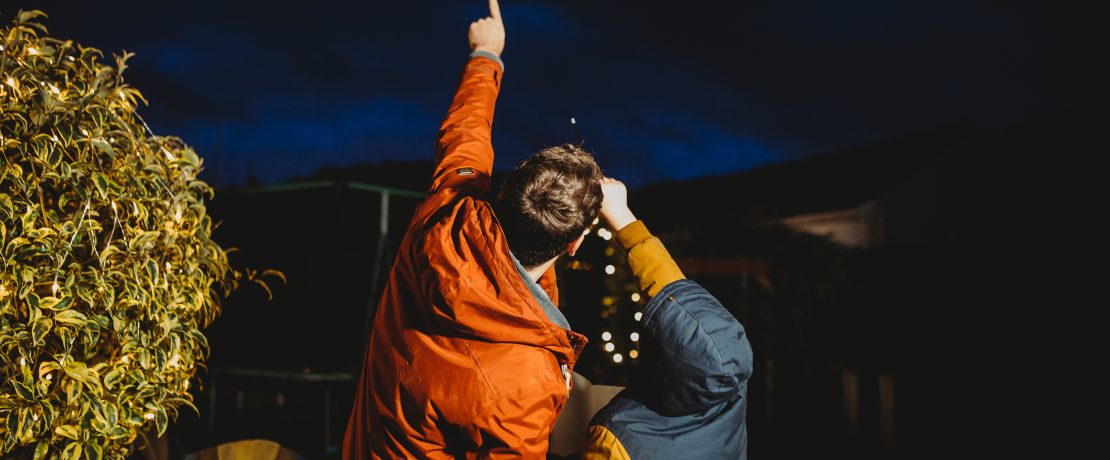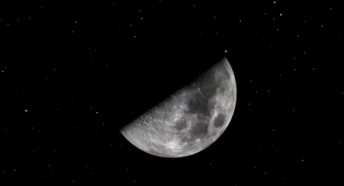International Dark Sky Week -April 5–12
International Dark Sky Week is held during the week of the new moon in April. This is a week during which people worldwide turn out their lights in order to observe the beauty of the night sky and night time environment without light pollution.
This event was founded in 2003 by high school student Jennifer Barlow of Midlothian, Virginia, USA. It has been endorsed by the International Dark-Sky Association, the American Astronomical Society, the Astronomical League, and Sky & Telescope.
The goals of the event are to:
- Temporarily reduce light pollution and raise awareness about its effects on the night sky,
- Encourage the use of better lighting systems that direct light downward instead of into the sky, and
- Promote the study of astronomy.
This event always occurs in April, during the week of the new moon so that the sky can be as dark as possible for optimum viewing conditions.
Jennifer Barlow states,
Barlow explains, “It is my wish that people see the night sky in all of its glory, without excess light in the sky as our ancestors saw it hundreds of years ago.
Find out more on https://idsw.darksky.org/
A “sky chart” is a useful tool to identify stars and constellations in the night sky where you live.
Sky charts are used by even the most experienced astronomers or play a game of Dark Skies Bingo with your family.
There is an interesting article by James Carter about What To Watch For In The Night Sky This Week
There are also some interesting videos about night loving wildlife:
https://www.bbc.co.uk/bitesize/clips/zsshfg8 BBC (KS 1) : Bite Size Nocturnal Animals and Birds. Factual film (owls, mice, hedgehogs, bats, moths, badgers, moles, worms)
https://www.youtube.com/watch?v=SFG7etbxl5o Children’s (3-5 years) animated song about nocturnal animals (bat, owl, racoon, hedgehog)
https://www.tes.com/teaching-resource/nocturnal-animals-6060705 Times Educational Supplement (TES) Children’s (KS 1) Beautiful photographs with voiceover (frog, hedgehog, fox, owl)








